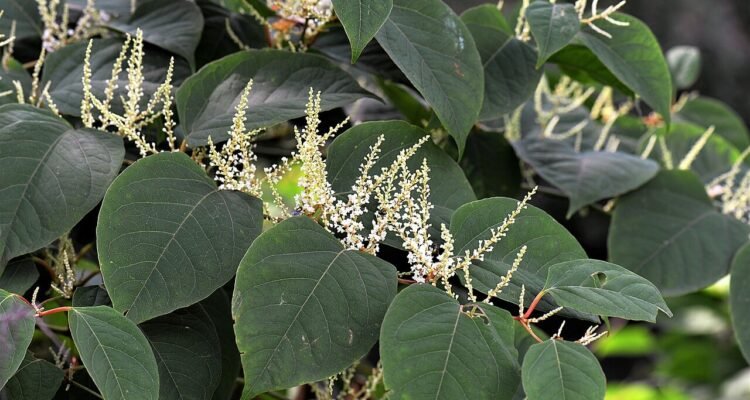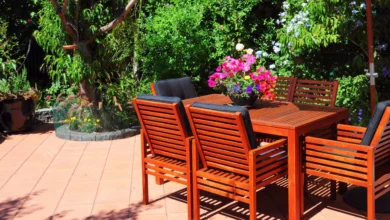Effective Japanese Knotweed Removal: Identification, Risks, and Solutions

Understanding Japanese Knotweed
Japanese knotweed (Fallopia japonica) is an invasive, fast-growing perennial plant that has become a significant problem across the UK. Originally introduced as an ornamental plant in the 19th century, it has since spread aggressively, threatening ecosystems, infrastructure, and property values.
This invasive species flourishes in various environments, particularly along riverbanks, railway embankments, roadsides, and gardens. Due to its rapid growth and ability to regenerate from small fragments, effective Japanese knotweed removal requires a strategic and professional approach.
How to Identify Japanese Knotweed
Recognizing Japanese knotweed at different stages of growth is crucial for effective removal. Here’s how it changes throughout the year:
- Spring: Reddish-purple shoots with rolled-back leaves emerge, resembling asparagus.
- Early Summer: Stems become bamboo-like with a zig-zag growth pattern, and leaves take on a shield shape with smooth edges.
- Late Summer: Creamy-white flower clusters appear as the plant reaches full height (up to 3 meters).
- Winter: The plant dies back, leaving brown, brittle stems that can persist for years.
If you suspect an infestation, early identification can prevent costly damages and ensure successful Japanese knotweed removal.
Why Is Japanese Knotweed a Problem?
Japanese knotweed can cause extensive damage, particularly in urban and residential areas. Its aggressive root system spreads rapidly and can:
- Weaken foundations and penetrate concrete structures
- Damage patios, driveways, and walls
- Overwhelm native plant species, reducing biodiversity
- Render properties unmortgageable without a management plan
Due to its resilience, Japanese knotweed removal must be handled with care to prevent regrowth and further spread.
Best Methods for Japanese Knotweed Removal
Several techniques are used to control and eliminate Japanese knotweed, each with its own advantages:
1. Herbicide Treatment
Chemical control is the most common and cost-effective method. A professional herbicide treatment plan typically takes multiple growing seasons to completely eradicate the plant. This approach is ideal for residential properties where excavation may not be feasible.
2. Excavation and Disposal
For faster removal, knotweed can be excavated and transported to a licensed waste facility. This method is more expensive but ensures complete eradication. Excavation must be thorough, as any remaining rhizomes can lead to regrowth.
3. On-Site Burial or Encapsulation
If off-site disposal is impractical, knotweed can be buried in a controlled manner. It must be covered with a root barrier membrane to prevent future spread. This method is often used in large-scale developments.
Preventing the Spread of Japanese Knotweed
Since even small fragments of the root system can regenerate, proper disposal is essential. It is illegal to allow Japanese knotweed to spread into the wild under the Wildlife and Countryside Act 1981. Professional management plans are recommended to ensure compliance and prevent recurrence.
Need Professional Japanese Knotweed Removal?
Dealing with Japanese knotweed requires expertise to avoid costly mistakes. If you suspect an infestation, it’s crucial to act quickly. Professional assessments, treatment plans, and legal compliance are key to successful removal.
Contact our experts today for a consultation and take the first step in reclaiming your property from this invasive plant.



